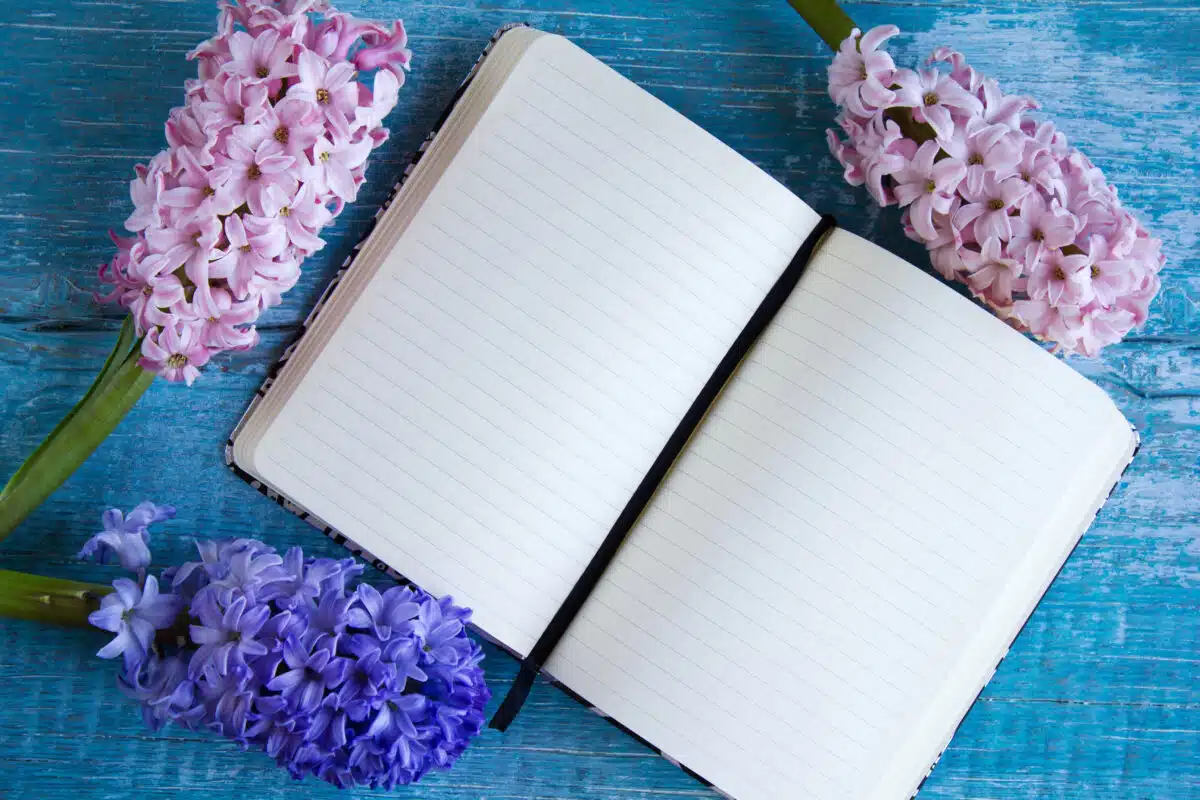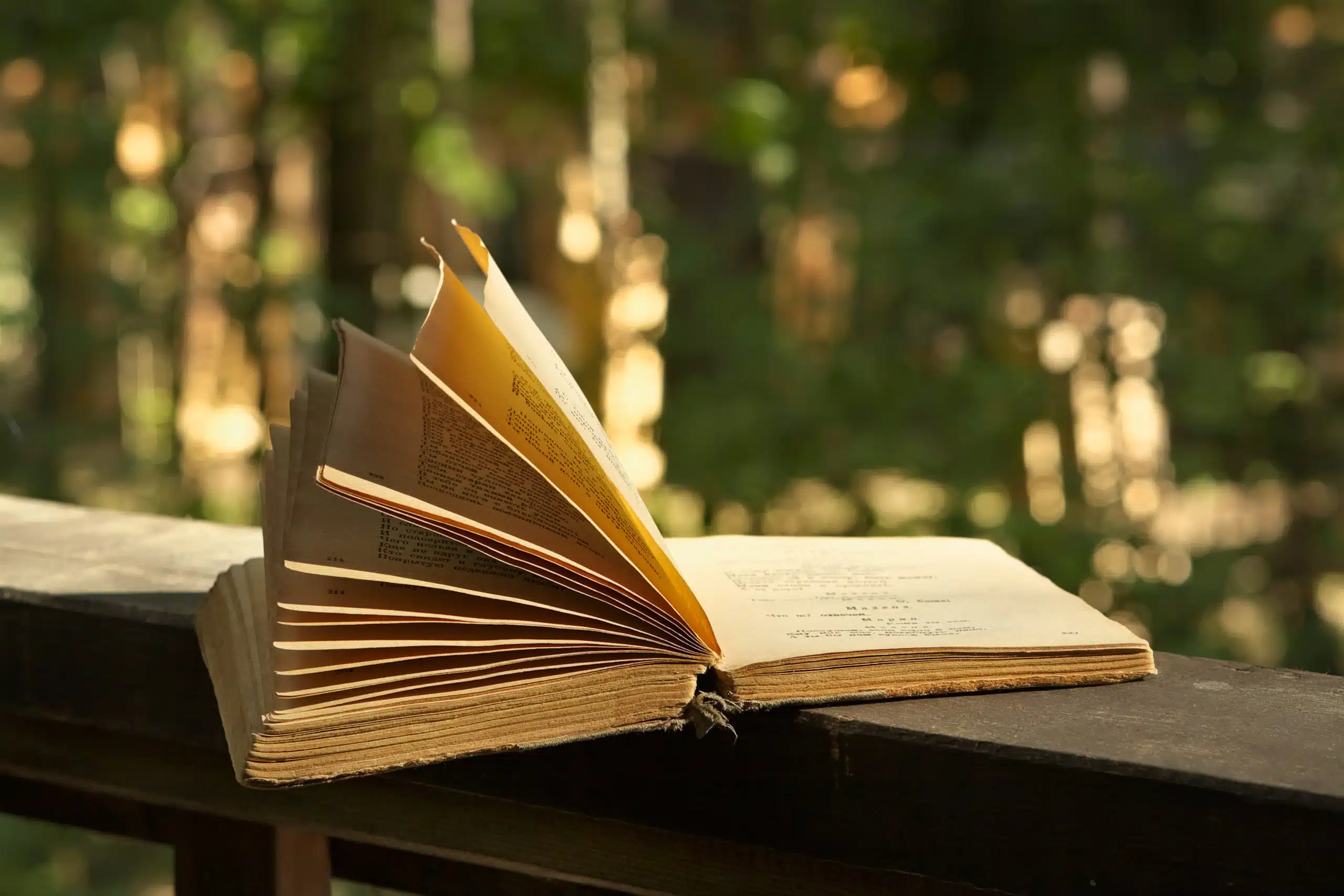Here’s what the Ars Poetica poetry form is:
An ars poetica poem examines the poet’s role as a subject himself, what his or her relationship is to the poem, and the reasons behind writing the poem.
Ars Poetica poems represent a declaration of the writer’s beliefs about poetry.
So if you want to learn all about the Ars Poetica poetry type, then you’ve come to the right place.
Let’s dive deeper into it!

Ars Poetica and Its Influence

Ars Poetica poems are typically meant to be advice from established poets, meant to echo the sentiments of the famous poem by the same name written by Horace, a famous poet of ancient Rome.
Ars Poetica literally translates to “The Art of Poetry.”
Ars Poetica is the title of a famous poem written sometime around 19 BC, though there is some disagreement about the exact year.
It was written as an epistle to Senator Lucius Calpurnius Piso of Rome and his two sons, and its name literally translates to “The Art of Poetry.”
Ars Poetica remains one of the most influential poems in literary history, having been used as a metric by which to measure other poems since the Renaissance.
One interesting distinction that makes the piece stand out is its conversational tone and attention to the target audience.

Horace’s predecessors had often concerned themselves with theory, whereas Horace approached poetry as a pragmatist.
This letter poem remains a testament to his well-worn approach to writing poems as a craft.
The letter represents the sincere voice of a lover of poetry speaking to his peers as their friend and as a craftsman.
This sincerity has allowed the poem to stand the test of time and it remains solid heartfelt advice for future generations of poets.
What Is Ars Poetica About?

Horace’s Ars Poetica is essentially a declaration of his ideals for poetry, including what he believes a poet should be.
He used extensive metaphorical language and hexameter to showcase his own technical prowess while speaking at great length about how to best write and judge poetry.
Modern translations of the poem rarely do justice to the original intent.
Horace’s poem was purposely written in a conversational tone, like someone explaining his craft to a friend.
When looking for translations, you will find many translations written in an academic style that does not adequately capture the original, so try to keep this disparity in mind if you research the topic further.
What Are the Basic Properties of Ars Poetica?

| Rhyme Structure | Strict |
| Meter | None |
| Origin | Italy |
| Popularity | Scattered |
| Theme | Varies |
What Poems Should Be

Ars Poetica can broadly be divided into three different sections.
The first section deals with what a poem should be.
Horace gives surprisingly grounded advice that still holds true today, about choosing a subject, meter, and word choices that best suit the poem’s intent.
Of special note is this section’s focus on unity.
Horace believed that a poem should feel whole, as though every element of the poem were drawn inward to a singular focus or purpose.
He even takes a moment to reflect on the nature of words, comparing them to leaves that change with the passing of seasons.
Horace goes on to assert that a poet’s works are temporary, just like human life.
However, he also mentions in passing that words can be revived even after they have fallen off depending on society’s will, a trait that our own lives do not share.
Applying Poetry to Drama

Horace next turns his attention to how poems are and can be integrated into the theater.
Modern readers should keep in mind that he was referencing the ancient Greco-Roman practices rather than the Shakespearian plays that may first come to mind.
Regardless, much of the advice remains just as solid.
Horace shows an appreciation for applying poetry to drama in a pragmatic and technical sense, with attention to factors such as the length of the play and the number of actors available.
In a modern sense, you could compare this to our tendency to divide up assets into budgets.

A screenplay writer in the modern era would have to adjust a script to the budget that the production will have, considering things such as whether special effects will or will not be available.
Much of the advice in this section is outdated in our current mediums since modern productions rarely employ a chorus or particular verse forms, but the spirit of the advice still holds water.
A poem must acquiesce to the needs of the performers if it will be part of a larger work.
What a Poet Should Be

As an advocate of poets in general, it should be no surprise that Horace has strong opinions on what a poet should be like and what traits they should have to succeed.
He emphasizes intellectual traits especially, noting that a strong character, strong ideals, and common sense will serve a poet well in their pursuits.
One area in which Horace is particularly adamant is in his idea that poetry is an art with a beautiful history that practitioners must be aware of and respectful of in order to achieve renown of their own.
He makes no secret of his respect for Homer and Tyrtaeus.
It can be assumed that he would have readily advised anyone studying under him to start by reading the works he nurtured his own talents.
The final verses greatly glorify the power of words and poets, in which he goes on a half-mad tangent about how fearful a poet’s power can be.
This is not atypical of the times though, since it was not uncommon for both Greek and Roman writers to employ hyperbole in spades when they were making a point they felt was important.
Ars Poetica as a Tradition

Ever since Horace penned Ars Poetica, poets have taken it as a challenge upon themselves to write their own versions of this iconic work and their own spins on the topics.
These poems often seek to assert answers as to what poems should represent, who should write them, and what techniques should be used.
One of the most famous examples is a different Ars Poetica, written by Archibald MacLeish.
MacLeish’s poem is much shorter and to the point than Horace’s, utilizing imagery and metaphor to describe his ideals for a poem.
from Ars Poetica by Archibald MacLeish
A poem should be motionless in time
As the moon climbs,
Leaving, as the moon releases
Twig by twig the night-entangled trees,
Leaving, as the moon behind the winter leaves,
Memory by memory the mind—
A poem should be motionless in time
As the moon climbs.

The excerpt above showcases MacLeish’s playful take on the topic.
He changes up the meter frequently (though mostly sticking to Iambic feet) and uses repetition to create a poem that feels formal but is not beholden to anyone’s form of poetry.
It is instead his own structure, befitting a poem meant to be an individual’s assertations.
MacLeish does a wonderful job of creating an image of poetry that you can almost, but not quite, imagine.
This paradox is a beautiful portrayal of his mindset, shared in the final two lines of the overall poem: “A poem should not mean but be.”
Creating Your Own Ars Poetica

A proper take on Ars Poetica would be a poem that employs the techniques that best represent your style, combined with a vivid imagining of your ideals when it comes to poetry.
It should showcase who you are as a poet and what poetry means to you, both in terms of its structure and its content.
Do not mistake this for an assertion that it needs to be your magnum opus, though.
It’s perfectly acceptable to write ten or twenty or two hundred poems about what poetry means to you over the course of your lifetime.
How you perceive poetry as an art and a craft will undoubtedly change many times as you develop.
MacLeish’s Ars Poetica, for example, was actually written fairly early on in his literary career.
If he had written the same poem twenty years later, it’s safe to say that his perspectives would have changed quite a bit in the intervening decades.

That doesn’t mean that an Ars Poetica is meaningless, though.
The spirit that exists within a poet’s words can be felt even thousands of years later, as long as someone somewhere is willing to read those words carefully.
Just like the leaves on a tree, poetry and language do change over time.
Ars Poetica may only ultimately be a snapshot of what that tree looked like over two thousand years ago, through the eyes of one man who has long since moved on.
But it remains one of the most earnest attempts in history to capture what it means to be a poet.
Poet’s Note

This is an interesting term just by virtue of being both a famous poem and a little branch of poetry imitating it.
Imagine if there was a whole genre of music whose sole purpose was to rewrite “Twinkle, Twinkle, Little Star” in different ways.
Comprehensive Collection of Poetry Forms: Craft Words Into Art

Dare to traverse the entire spectrum of poetic forms, from the commonplace to the extraordinary?
Venture from the quintessential Sonnet to the elusive Mistress Bradstreet stanza, right through to the daunting complexity of Cro Cumaisc Etir Casbairdni Ocus Lethrannaigecht.
For those with a zeal to encounter the full breadth of poetry’s forms, this invitation is yours.
Start exploring the vast universe of poetic ingenuity with our comprehensive array of poetry forms right now!
